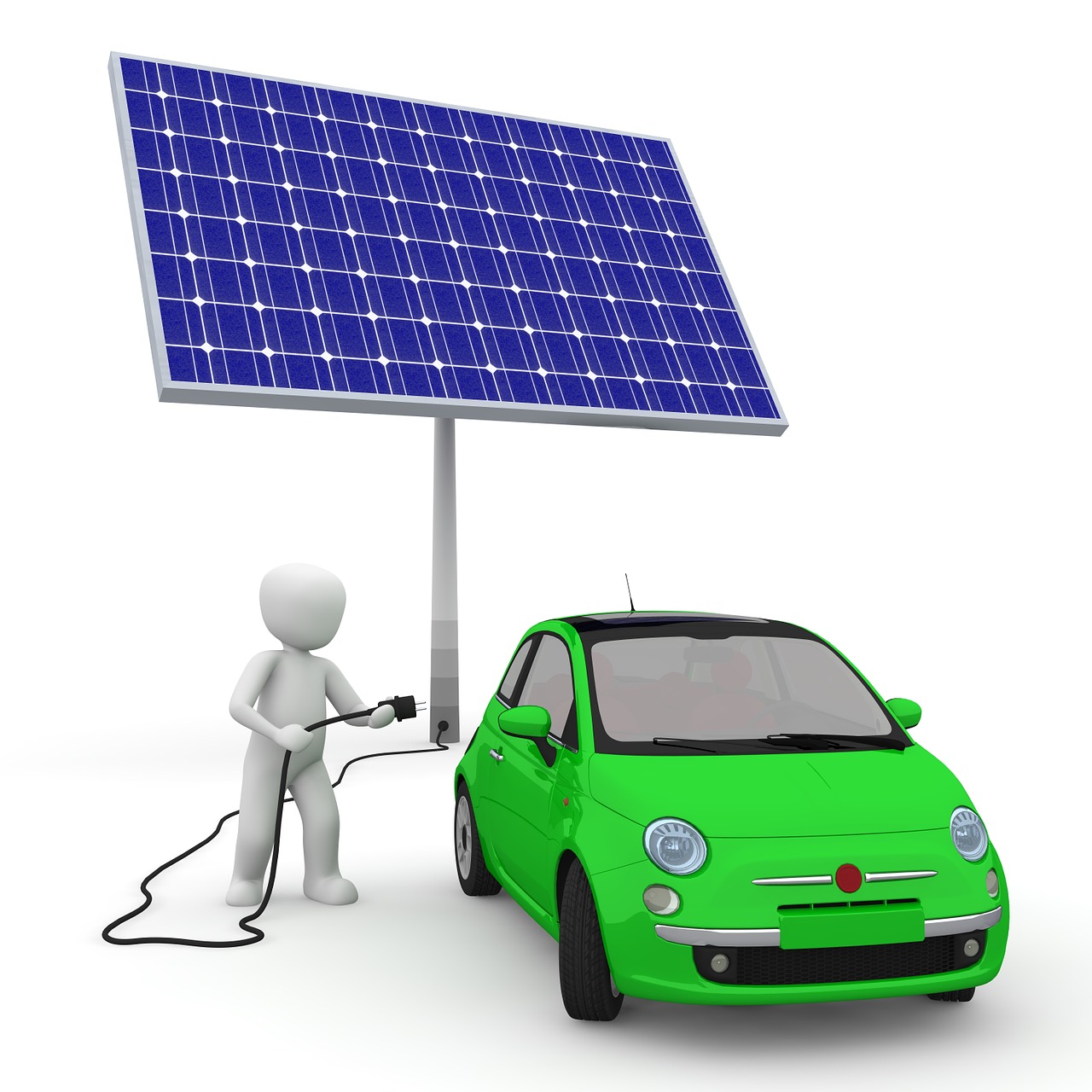
Only available in English
Par Quentin Hoarau et Yannick Perez
Distributed Energy Resources (DERs), mostly in the form of solar photovoltaic (PV) or lithium-ion batteries, and electric vehicles (EVs) are emerging as three disruptive innovations in power grids. Recent studies have pointed out the potential synergies between these technologies, while others have studied the difficulty to design adequate network tariff when some consumers can adopt DERs (prosumers). In this paper, we fill gaps in both strands of the literature by investigating the combined effect of DERs and EVs on grid cost recovery. To study these effects, we use a bi-level model that captures the conflict between a regulator and the network users. In the lower level, prosumers canreact to tariff changes by installing DERs and by adapting their EV charging.
In the upper level, the regulator sets network tariffs by enforcing the total grid costs recovery and anticipating the prosuming behaviors of network users. We study how the levels of EV penetration and prosuming affect tariffs. The influence of the tariff structure is also investigated.
First, we find that grid cost recovery concerns caused by load-defecting prosumers installing DER can be balanced by the diffusion of EVs in the network. Second, we highlight that EVs and DERs adoptions are conflicting through the network tariff design. In particular, we find that the more a tariff structure gives incentives for DERs, the less beneficial it is for EVs, and viceversa.
